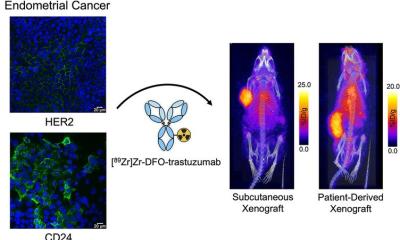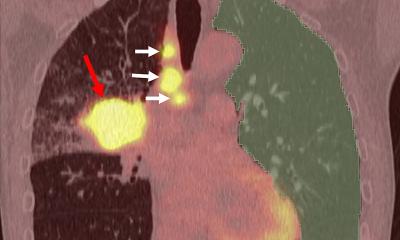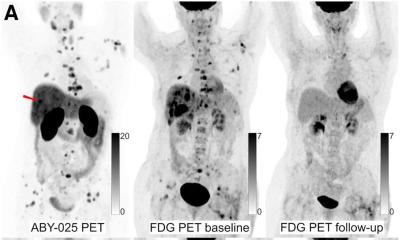The optical biopsy: Coming into view?
Expansion of optical coherence tomography (OCT) into oncology applications
A British collaboration has secured £325,000 (?460,000) of government backing to develop an in vivo optical imaging probe for diagnostic and therapeutic applications in oncology. The long-term objective is to use optical coherence tomography (OCT), an interferometric imaging modality, to perform real-time diagnosis and to guide the removal of cancerous or precancerous tissue during the same procedure.
The two-year Omicron initiative, a consortium of industrial, clinical and academic research partners aims to explore the diagnostic efficacy of OCT at a wavelength of 1 µm. It is thought that OCT images acquired in this region of the spectrum will offer improved contrast and resolution, helping clinicians to distinguish between healthy and cancerous tissue.
‘OCT scanning has the potential of both guiding and reducing the dependence on biopsies...reducing pressure on overloaded pathology departments and improving outcomes from cancer surgery,’ said Dr Nick Stone, Head of Biophotonics at Gloucestershire Hospital NHS Foundation Trust (one of the Omicron partners).
It is estimated that OCT generates sales in excess of ?41.5 million a year in the ophthalmology market. According to Jon Holmes, CEO of Michelson Diagnostics, the technology is already transitioning into other clinical settings. ‘OCT is well-established for use in retinal applications, but commercial applications are now starting to happen in many other areas too,’ he said earlier this year.*
More than 800 research papers on OCT were published in 2006. While over half of these discussed ophthalmic applications, other key areas of interest included cancer and heart disease, as well as dental and neural applications. ‘Areas where the research is being done give some indication of those areas approaching commercial interest,’ said Mr Holmes. ‘Last year around 90 patents were filed in OCT, clearly there’s a lot of activity.’
Currently 19 companies offer OCT-related products (11 in North America, seven in Europe and one in Japan). Only one third of these are focusing on ophthalmology use, other target application areas include cardiovascular, cancer and dentistry.
Omicron partners are Michelson Diagnostics (an OCT start-up), Kamelian (a specialist in III-V photonic components), Tactiq (a medical-imaging systems consultancy), Wolfgang Drexler’s biomedical imaging group at Cardiff University and the National Physical Laboratory Technology transfer.
*http://medicalphysicsweb.org/cws/article/industry/27470
16.11.2007











